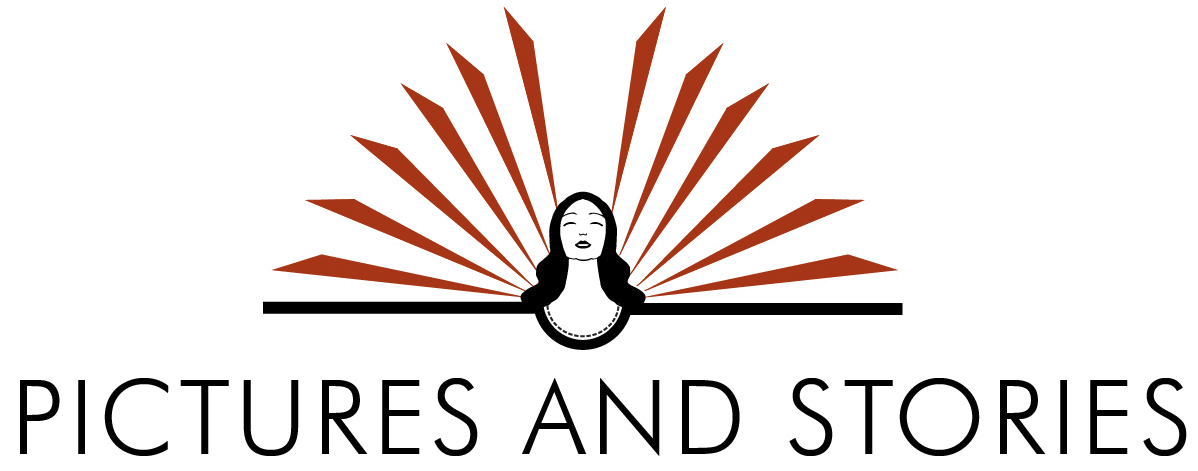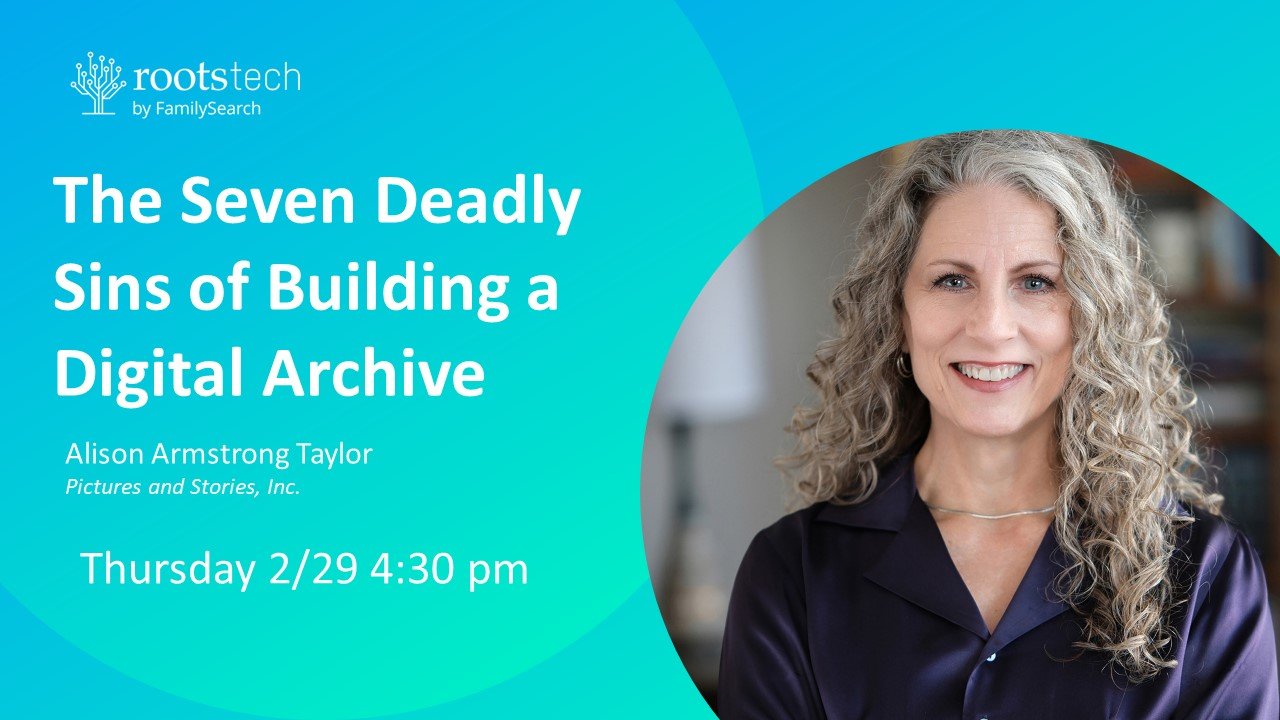“Reports convey information. Stories create experience. Reports transfer knowledge. Stories transport the reader, crossing boundaries of time, space, and imagination. The report points us there. The story puts us there.”
Writing coach and author Roy Peter Clark advises us to "learn the difference between reports and stories." When writing your life stories in particular, you want to bring the readers along with you, to transport them to another time and place so they can feel what it was like to be you.
Clark gives a succinct example:
“A report sounds like this: The school board will meet Thursday to discuss the new desegregation plan.
A story sounds like this: Wanda Mitchell shook her fist at the school board chairman, tears streaming down her face.”
Do you see the difference? The second example creates a vivid snapshot in the reader's mind.
You want your details to draw, with words, a mental picture for your reader. But it needs to be an interesting picture, or they will tune out. Sometimes using too much detail or the wrong kind can backfire, as in the following example.
“In 1995 we moved into a new house in Shadybrook. The asking price was $125,000 but we were able to get it for $123,500. It took the movers three days to pack our belongings, 250 boxes total. The house had three bedrooms, two bathrooms and an unfinished basement. The second-story bathroom needed a lot of work so we spent about $5,000 to remodel it.”
Are the details in your descriptions interesting?
The details this author chose to include are a little dry and don't tell us anything we really want to know about the house. Did its owners love it and feel at home there? What did they do for fun while in the home? What dreams did they dream within its walls?
Here's a different author writing about a childhood home.
“We relished the spaciousness of our new home, an attractive two-story brick house with shutters and a white-trimmed porch. Shaded by fragrant linden trees, it faced a small concrete cul-de-sac which quickly became a private speedway for our tricycles and doll buggies. Mother could observe our activities from her second-story sewing room, throwing open the dormer window that in later years became Juliet’s balcony and the deck of the Pequod.”
This passage creates a much more vivid picture, and sheds some light on the home's inhabitants. We see (and even smell) what the home looked like, but we also can feel the free-spirited, loving nature of the environment.
A clever author can weave important "report"-type information into a story, as in the following example (from familysearch.org):
Weave important genealogical data into a story to make it more compelling.
Report: “I, Lindsey Mary Adams, was born on March 31, 1951, in London, England.”
Story: “My mother really didn’t want me to be born on April Fool’s Day, so she convinced her doctor to induce her labor in the morning of March 31. Things have changed a lot since 1951, but in those days it was almost unheard of in London, England, for a birth to be induced for the mother’s convenience. The young Scottish doctor was willing to be innovative, and I was born three hours before April Fool’s Day. The doctor was given the privilege of choosing my name, possibly as part of the inducement deal, and I was given the good Scottish name of Lindsey Mary to go along with my family name, Adams.”
The second example includes all the relevant genealogical data: name, birthplace, date, etc. But isn't it more entertaining to read?





